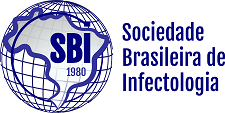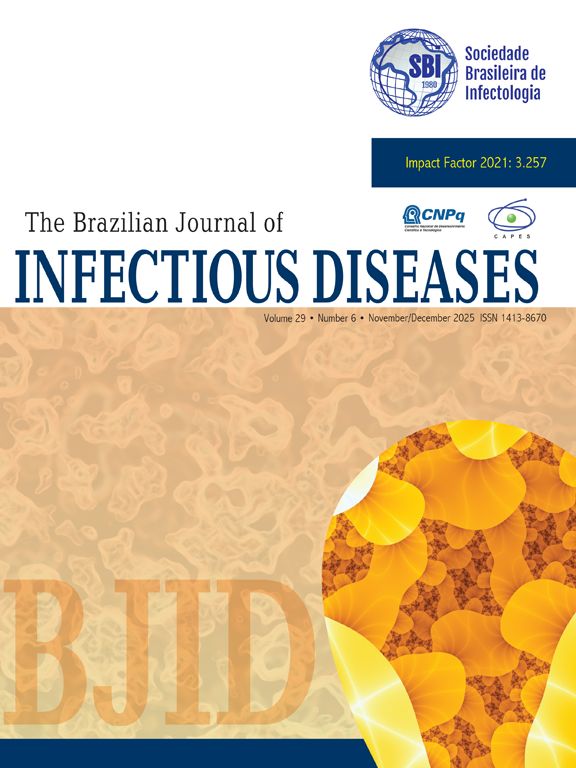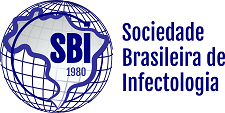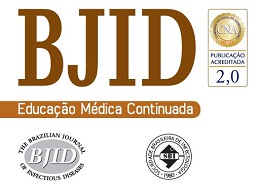Home mechanical ventilation requires equipment, consisting of a generator of pressure, a tubing and an interface to deliver air to the patient. Instructions for equipment maintenance are generally not based on scientific evidence. Studies however have reported that tubing and masks used at home are the most commonly found as very dirty and contaminated. Dirtiness and contamination of equipment potentially expose patients to a higher risk of airway colonization, which, in turn, should cause respiratory infections. For this reason, published hygiene instructions include the use of disinfectant solution. Nevertheless, they generally fail to explain how basic maintenance may be achieved by simple cleaning with soap and water. The instructions for post-cleaning disinfection will depend upon the relative sensitivity of patients to respiratory tract infections and the related risks for bacterial colonization of the airways. Restrictive and obstructive disease patients are not equally sensitive to infections and, as a consequence, should not require similarly elaborate disinfection level. According with the restrictive or obstructive origin of respiratory insufficiency, the current educational review suggests simple and adequate rules for hygiene of tubing and masks in the home setting. Written instructions on how to clean the equipment for home ventilation are useful and sufficient in restrictive patients. In obstructive patients, cleaning always precedes disinfection. After cleaning, rinsing and drying are important. An effective weekly 20-minute disinfection may be achieved by using an hypochlorite solution of soaking in a concentration of 0.5%.
The Impact Factor measures the average number of citations received in a particular year by papers published in the journal during the two preceding years.
© Clarivate Analytics, Journal Citation Reports 2025
SRJ is a prestige metric based on the idea that not all citations are the same. SJR uses a similar algorithm as the Google page rank; it provides a quantitative and qualitative measure of the journal's impact.
See moreSNIP measures contextual citation impact by wighting citations based on the total number of citations in a subject field.
See more



